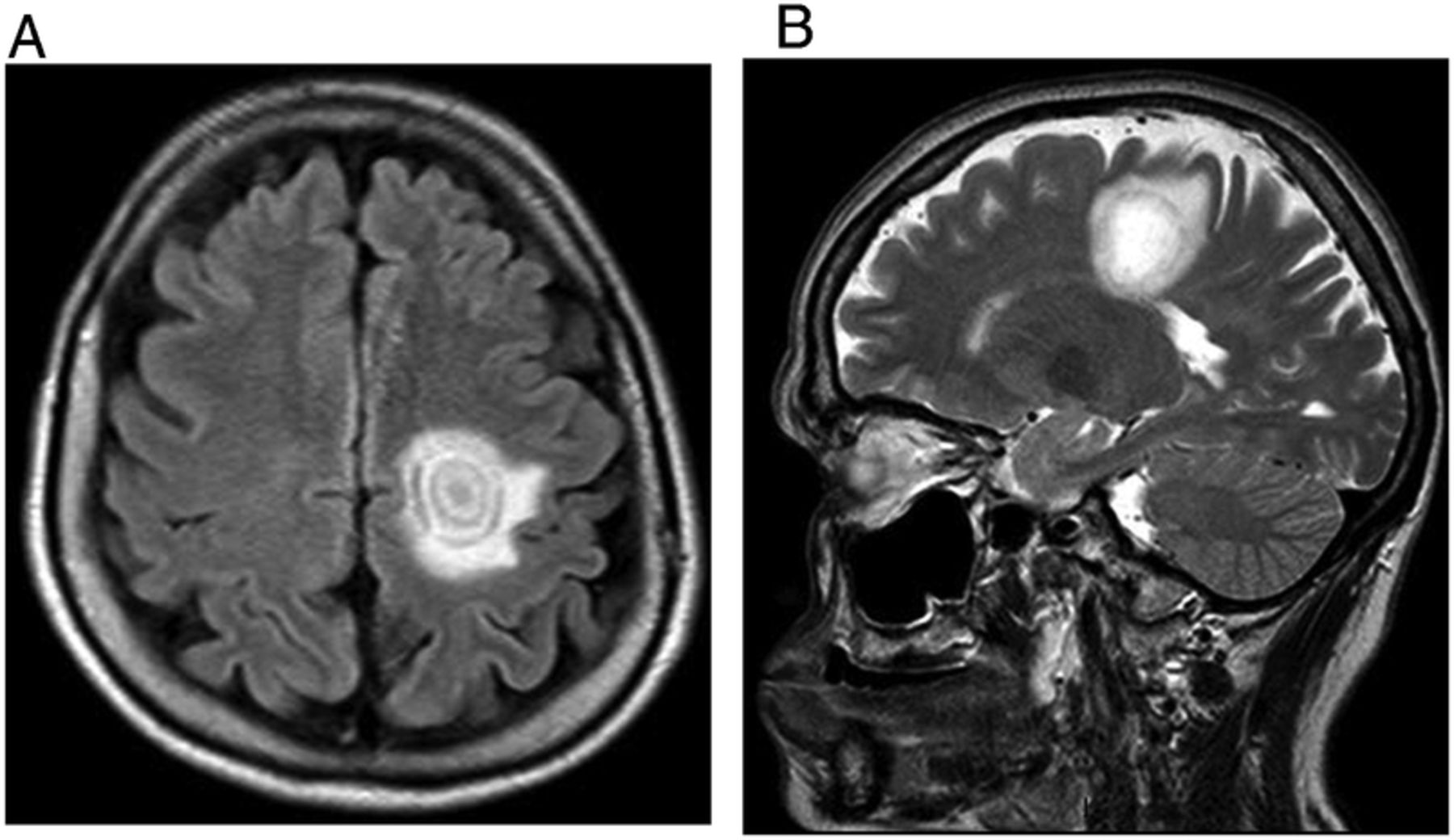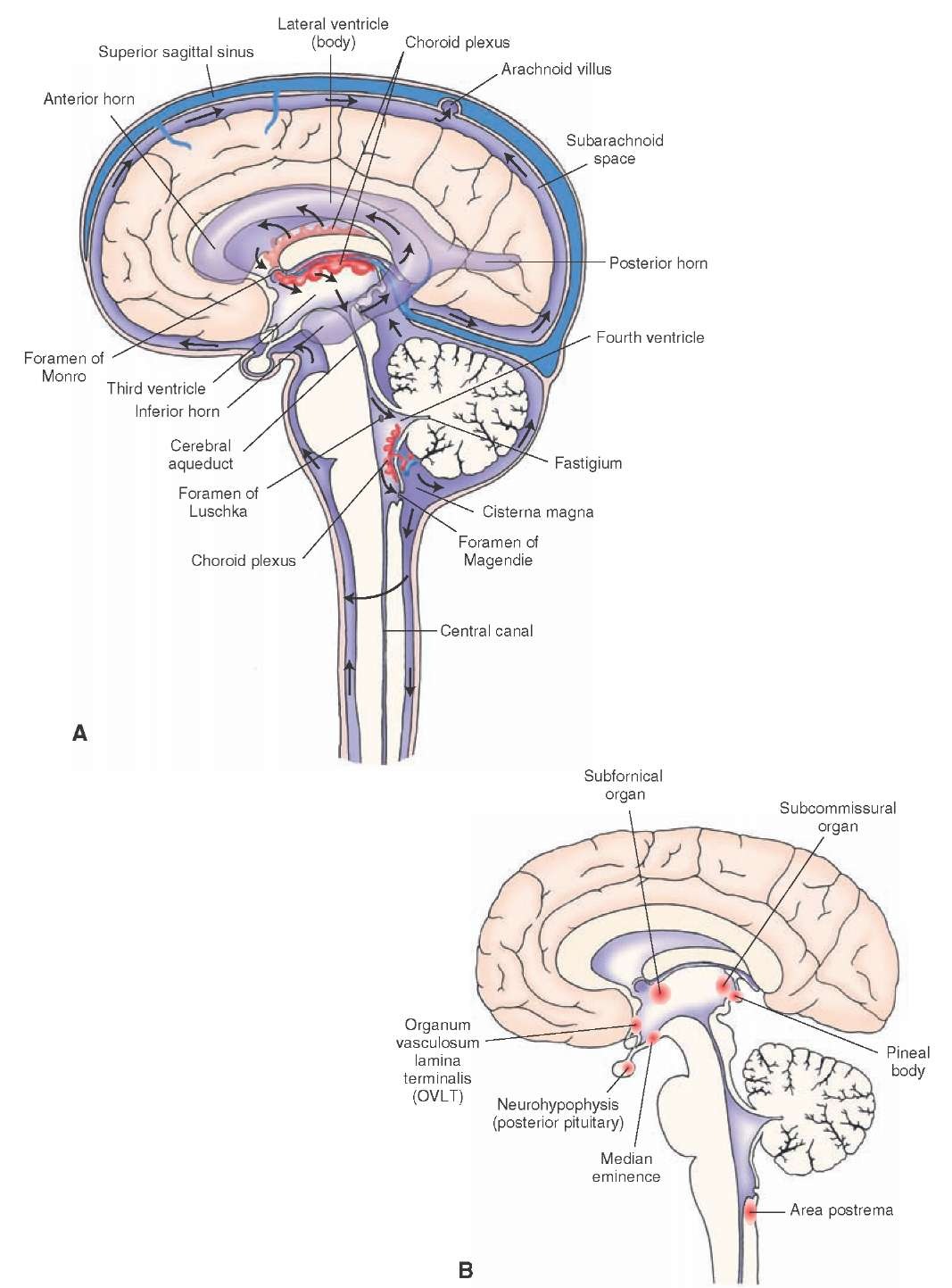
The underlying cause of spontaneous intracranial hypotension is a loss of cerebrospinal fluid (CSF) volume through a hole or tear in the spinal dura. Cerebral venous thrombosis, stupor or coma, seizures, stroke and death have also been reported. Rarely, patients can present with signs and symptoms typical of behavioral variant frontotemporal dementia, Parkinsonism, superficial siderosis, ataxia (very unsteady gait) or quadriplegia. Specific signs are often seen on brain MRI and are described below under the diagnosis section.Ītypical and serious neurologic complications do occur, so prompt recognition and treatment in such cases is important. Patients may also experience visual changes, dizziness or vertigo, facial numbness or pain, or changes in taste. Pain between the shoulder blades and into the upper arms is commonly reported. Other characteristic symptoms include neck pain, neck stiffness, nausea, vomiting, sensitivity to light and/or sound, sense of imbalance, ringing in the ears, changes in hearing, and profound fatigue. The severity of the headache can range from mild to very severe and disabling. The quality of the headache is often described as a “pulling sensation” from the back of the head to the neck. The headache is rarely on just one side of the head. The location of the headache is most often in the back of the head or base of the skull, but can also occur in the front, sides or all over the head. Over time, the positional aspect of the headache tends to lessen and may even disappear. It usually occurs within 15 minutes of assuming the upright position and is relieved after lying down within 15-30 minutes, however it may take hours to worsen or improve with change of position. This headache is worse when upright and improves when lying down. The hallmark of intracranial hypotension is a positional headache. Patients may be minimally affected or profoundly disabled with limited ability to function while upright. Onset of symptoms and signs may be relatively abrupt or more gradual. The most common treatment is epidural patching with blood or fibrin sealant, though surgery is sometimes needed. Because there is a structural cause, a hole or defect in the spinal dura (a tough layer of connective tissue) that normally holds cerebrospinal fluid in, it is both treatable and curable. Diagnostic imaging is quite specialized, both in techniques and in interpretation. Variability in presenting signs and symptoms, along with low awareness of the disorder, contribute to delayed diagnosis, although this is improving with a growing volume of publications. It most often results in a new-onset headache that is worse with upright posture, along with other neurologic signs and symptoms. Annual incidence of 5 per 100,000 is likely an underestimate, and the overall prevalence is unknown. Males and females of all ages are affected, but the diagnosis is more common in females. Spontaneous intracranial hypotension is secondary to a cerebrospinal fluid (CSF) leak at the level of the spine and the resulting loss of CSF volume that bathes the brain and spinal cord. 5 Myths About Orphan Drugs and the Orphan Drug Act.Information on Clinical Trials and Research Studies.



Catalan: líquid cefaloraquidi m, líquid cerebrospinal m.


 0 kommentar(er)
0 kommentar(er)
